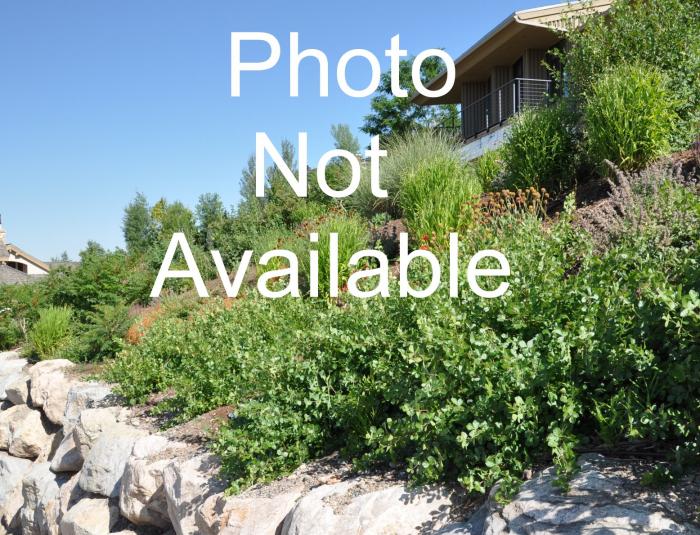| Botanical Name: Aronia melanocarpa | |
| Common Name: Black Chokeberry |

-
Anatomy
-
Culture
-
Design
Plant Type
Shrub
Height Range
3-6'
Flower Color
White
Flower Season
Spring
Leaf Color
Dark Green
Bark Color
Brown
Fruit Color
Black
Fruit Season
Winter, Fall
Sun
Full, Half
Water
Low, Medium
Growth Rate
Moderate, Slow
Soil Type
Sandy, Clay, Loam, Rocky, Unparticular
Soil Condition
Average, Rich, Poor, Well-drained, Dry
Soil pH
Acid, Neutral, Basic
Adverse Factors
Invasive
Design Styles
Meadow, Mediterranean, Ranch, Woodland
Accenting Features
Fall Color, Showy Flowers
Seasonal Interest
Winter, Spring, Summer, Fall
Location Uses
Entry, Shrub Border, Foundation
Special Uses
Cut Flowers, Hedge, Mass Planting, Small Spaces
Attracts Wildlife
Birds
Information by: Stephanie Duer
Photographer:
Photographer:
-
Description
-
Notes
Black chokeberry is a tough, deciduous shrub, growing about 3 to 6 feet tall and wide, with a rounded vase shape. Clusters of white flowers appear in May, and are followed by berries that ripen to blue-black in early autumn, persisting into winter. The fruit is so bountious that the branches become pendulous under their weight. Leaves are a glossy, dark green, turning a brilliant orange to scarlet in the fall. Berries are edible, though bitter, but make a healthy juice, and are used in jams and jellies. The birds even find them bitter, leaving them alone until after the first frosts, which sweeten the fruit up a bit. This is a fabulous, adaptive, unexplainably under-utilized shrub. Use for hedges, foundations, or to add color to the shrub border. A tougher and more adaptive alternative to burning bush for fall color. There are some planted at our pump station on 70th South, just below Wasatch Drive.
Grow in well-drained soil in full sun to part shade. Tolerant of wide range of soils, including both dry and boggy soils. Best fruit production occurs in full sun. Spreads by root suckers to form colonies, though it does so slowly and is not aggressive. Rarely requires pruning; selectively remove branches to control height (see Guides).